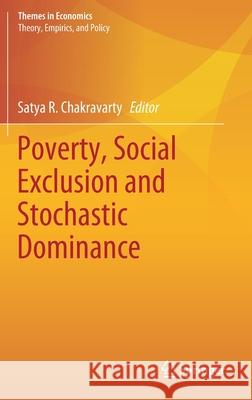Poverty, Social Exclusion and Stochastic Dominance » książka
topmenu
Poverty, Social Exclusion and Stochastic Dominance
ISBN-13: 9789811334313 / Angielski / Twarda / 2019 / 259 str.
Kategorie:
Kategorie BISAC:
Wydawca:
Springer
Seria wydawnicza:
Język:
Angielski
ISBN-13:
9789811334313
Rok wydania:
2019
Wydanie:
2019
Ilość stron:
259
Waga:
0.55 kg
Wymiary:
23.39 x 15.6 x 1.6
Oprawa:
Twarda
Wolumenów:
01
Dodatkowe informacje:
Wydanie ilustrowane











